“Ulod sa bunga sa lanka,” technically the jackfruit fruit borer (Glyphodes caesalis Walker), is becoming a major insect pest, especially in Eastern Visayas. The fruit borer causes about 30?40% damage in jackfruit from flower bud formation up to fruit ripening.
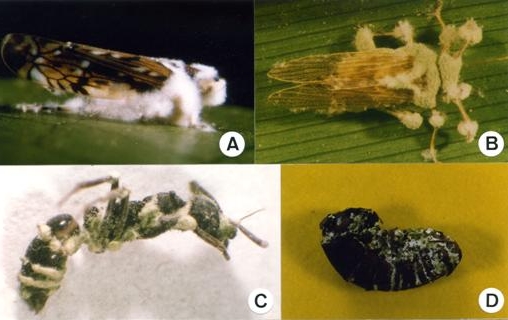
With the move to expand the jackfruit production areas in the region, this borer may potentially become an expensive thorn in the side of jackfruit growers. Fortunately, nature itself presents the solution – Metarhizium anisopliae (Metch) Sorokin.
M. anisopliae is a fungus known worldwide and proven to control various pests. This prompted local researchers Dr. Carlos S. de la Cruz of the Department of Agriculture – Regional Integrated Agricultural Research Center (DA-RIARC) and Dr. Ruben M. Gapasin of the Visayas State University (VSU) to test different Metarhizium isolates against the jackfruit borer.
After isolating the fungus from various infected insect pests, De la Cruz and Gapasin found that Metarhizium isolates from sweet potato weevils most effectively controlled the jackfruit fruit borer.
The Metarhizium spray
The metarhizium spray suspension or MSS is prepared by mixing M. anisopliae spore cultures with 0.05% soap solution and diluted with water. It is applied to flower buds, flowers, and fruits when the jackfruit fruit borers start to infest, and until the fruits are ready for bagging. To be more effective, MSS application should be complemented with proper timing of fruit bagging and pest monitoring.
According to Dr. de la Cruz, the egg and larval stages are the most vulnerable stages as the borers are usually found on fruit surface.
The use of natural enemies is an environment-friendly alternative and is recommended as part of integrated pest management strategies. Natural pesticides are expected to help produce high quality jackfruit products that will pass the stringent export standards, particularly in chemical pesticide residue limits.
Jackfruit growers and project cooperators in Mahaplag, Inopacan, Abuyog, and Ormoc in Leyte are now adopting the technology. “My harvest doubled after using MSS in my jackfruit farm,” said Mr. Job Abuyabor, jackfruit farmer in Mahaplag, Leyte.
The pest management technology was generated from the three-year PCARRD-DOST project “Jackfruit Regional R&D Program for Region VIII” that commenced in mid-2008. VSU partnered with the DA-Regional Field Unit 8 through the DA-RIARC in Abuyog, Leyte.
The mass production protocol for M. anisopliae has already been established using locally available material such as palay. Each bag of of Metarhizium can be produced for P17.59, which is good for spraying more than 130 fruits.
The group of Dr. de la Cruz is currently working on the feasibility and cost-effectiveness of the technology. It is exploring the possibility of lowering the spore concentration of M. anisopliae to further reduce the cost.
M. anisopliae spore cultures are now available at the DA-RIARC station in Abuyog, Leyte.
Written by Allan B. Siano, dost.gov.ph
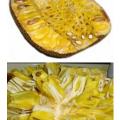

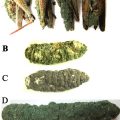

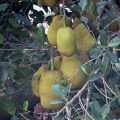
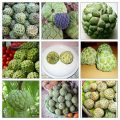

Where can we get or buy M. anisopliae in Bukidnon?